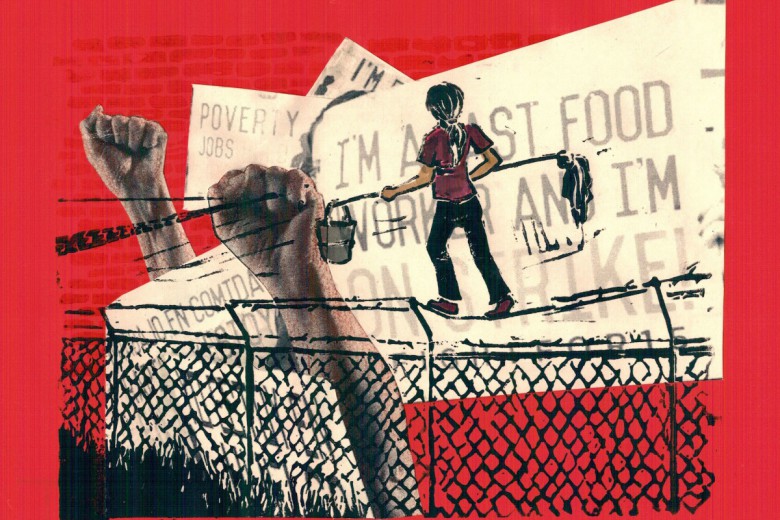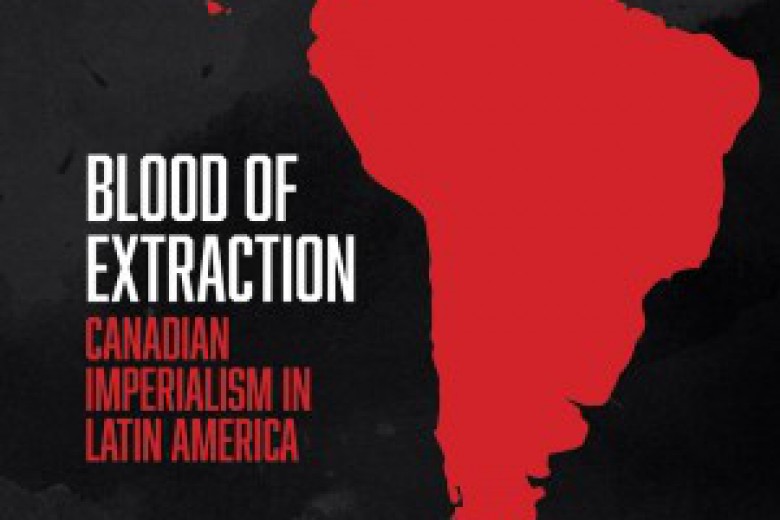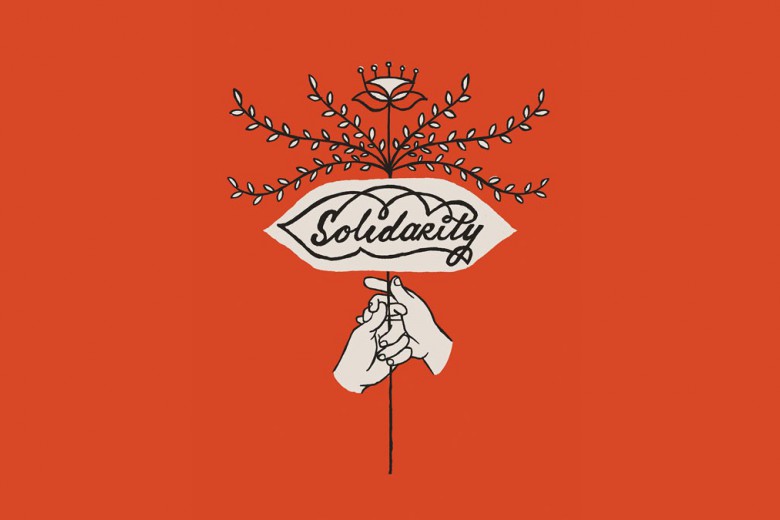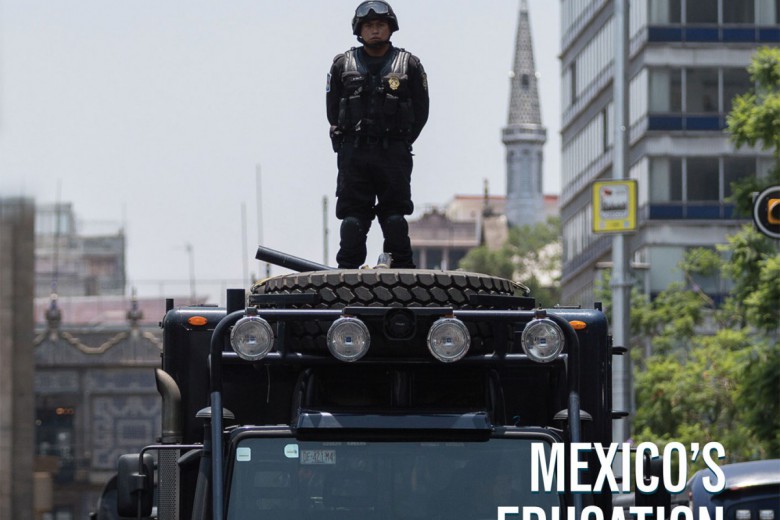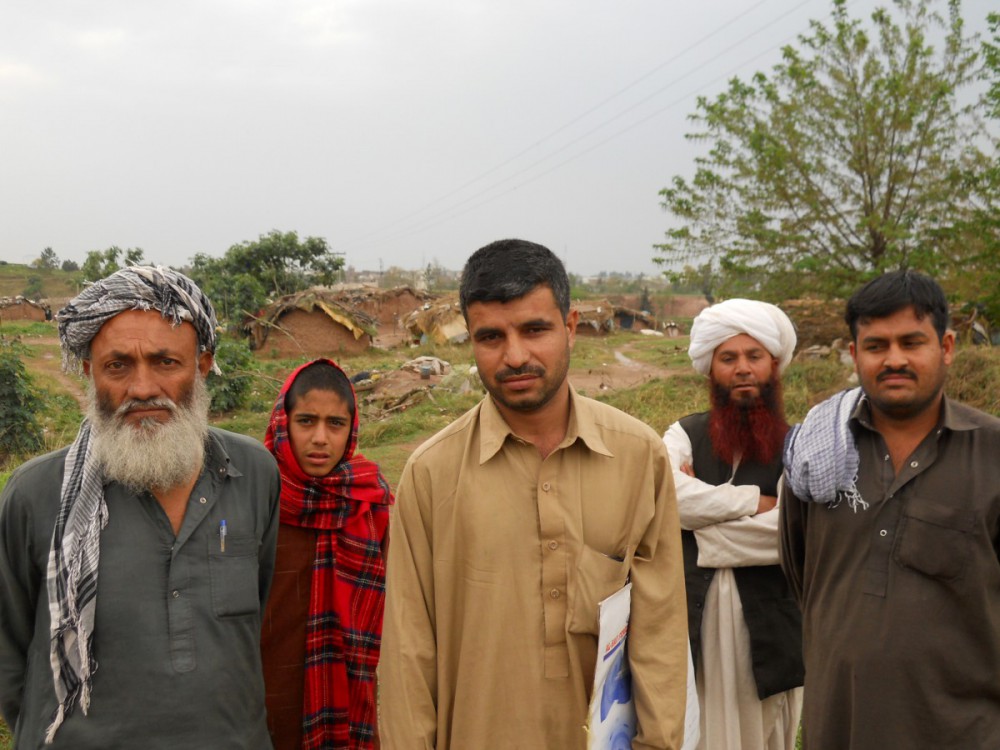
Afghanistan, and the surrounding region, has been in the crosshairs of imperial expansionists for centuries. In 1600, Queen Elizabeth I set the East India Company on its march northward through India. This expansion of the British empire was confronted in Afghanistan in the early 19th century by the southward expansion of the Russian empire, instigating a series of wars known as the “Great Game.”
The players of the Great Game established Afghanistan as a buffer state to separate their rival empires – a strategic status quo maintained by the succeeding American and Soviet empires. Afghans experienced only a brief respite from inter-imperial warfare (although not from other forms of foreign intervention) between the British retreat of 1919 and the Soviet invasion of 1979.
Today, Afghanistan serves a number of new purposes. It is an economic bridgehead to expand markets and secure access to resources in the region; to rejoin the disparate regions of Eurasia via transportation, communications, and energy transmission networks; and to engage China, Russia, and India more deeply within capitalist institutions. Afghanistan is also a military bridgehead for U.S./NATO forces to contain Iran, Pakistan, the Central Asian states, and potentially China and Russia if ever deemed necessary.
Approximately 140,000 foreign soldiers, including Canadian Forces personnel, are currently fighting in two separate missions in Afghanistan: the U.S.-led Operation Enduring Freedom (OEF) and the NATO-led mission of the International Security Assistance Force (ISAF).
Covert Special Operations Forces (SOF), however, are unaccounted for. Soldiers deployed by Canada’s initial SOF regiment, the Joint Task Force 2 (JTF2), were among the first on the ground during the unsanctioned – and thus illegal – invasion of Afghanistan, alongside SOF units from the U.S., the U.K., Australia, and New Zealand.
Few Canadians know the Conservative government more than doubled the size of Canada’s SOF, when, in 2006, they added a second regiment, the Canadian Special Operations Regiment (CSOR), and the Special Operations Aerial Squadron (SOAR).
There is no civilian accountability for Canada’s SOF units below the level of the Prime Minister and the Minister of Defence. Thus, there is little accountability when Canadian SOF units are alleged to have committed war crimes, or when they employ the services of alleged war criminals. Moreover, there is no way to know whether Canada’s SOF units have ceased combat operations this year when other Canadian Forces units transition to training roles. Finally, no one knows what these units are doing – in Afghanistan, Pakistan, or elsewhere around the globe.
The warfare in Afghanistan and Pakistan is a battlefront of a much larger global war. George Bush called it the Global War on Terror. The Obama administration rebranded it Overseas Contingency Operations (OCO), long before sending the U.S./NATO war machine into Libya. The OCO is a more accurate name, because it describes the nature of a war machine primed and ready to respond to any contingency that could be used to maximize opportunities to expand power and accumulate wealth.
Where, how, and for what purposes the overt and covert units of the Canadian Forces are deployed as part of this global war are questions that were left unanswered during the recent election campaign.
AS THE SCALE and intensity of warfare in Afghanistan and Pakistan escalates, the human costs rise. Civilian casualty rates and refugee numbers are climbing as U.S., NATO, and Afghan government forces conduct more intensive operations and insurgents fight back.
Newspapers publish almost daily accounts of American and Canadian military deaths (although the injured soldiers tend to be forgotten), but complete data documenting war casualties in Afghanistan are not publicly available. All sides fight a propaganda battle that counts how many civilians Western and Afghan government forces kill in comparison to how many civilians insurgents kill.
After significant negative publicity, U.S. and NATO forces finally placed greater restrictions on aerial attacks, and for the first time in 2010, killed proportionally fewer civilians than the insurgents did. Civilian casualties have nevertheless risen every year since 2006, and increased by 15 per cent in 2010 with 2,777 civilians killed.
In Pakistan, 22,626 Pakistanis, including civilians and insurgents on all sides, were reported killed during warfare in 2009 and 2010. Another 23,098 Pakistanis were injured during the same period.
Since 2006, the UN and the Red Cross have documented 730,000 Afghans internally displaced due to warfare. That’s an average of 400 Afghans every day. According to the Internal Displacement Monitoring Centre, offensives by international forces have caused most of the mass displacements.
I TRAVELLED A short distance outside Kabul to visit one of the larger ad hoc camps established by internally displaced Afghans. In the official literature, these places are euphemistically referred to as “informal settlements.” The people stuck in these camps, which range in size from a few hundred people to thousands, are farmers and workers. They do not possess the resources to do more than flee battle zones and squat on vacant land where they build makeshift homes.
The conditions in the settlement I visited are appalling. The homes are tiny structures built of mud and whatever bits of plastic, canvas, tin sheeting, or wood can be found. More than 6,000 people reside here, but there are only five hand-operated pumps producing water of dubious quality. There are no means of sewage or garbage removal.
There is little work available for displaced Afghans, so most rely on inadequate handouts from relief agencies. Some men travel into the city to line up for work as day-labourers when such jobs sporadically become available.
A survey conducted in 2010 in several of the settlements shows that some women are turning to sex work to support their families. The same study notes that in all these settlements of war refugees scattered about Kabul, few children go to school. They are more productively employed as street beggars to supplement inadequate handouts from aid agencies.
The war refugees are at the bottom of the heap of Afghan workers. Dr. Rebecca Wright of the Human Rights Research and Advocacy Consortium (HRRAC) writes in her 2010 report on Afghan labour: “The majority of workers in Afghanistan earn a livelihood in conditions that violate the most basic standards of dignity, safety, and health.” Occupying the bottom rung of this labour market is a terrible position for these people displaced by the warfare we are waging.
Whether by accident or intent, the war is pushing people from rural areas to create a new urban workforce. Workers in Afghanistan’s informal sector, which constitutes 80-90 per cent of the country’s economic activity, have no protection under the labour code instituted in 2006. The reserve army of labour pouring into the cities, as people are forced to abandon their homes and traditional livelihoods in the rural areas, further compounds the misery of Afghan workers. Marx identified this process in Britain during the enclosure movement of the 18th century as primitive accumulation and proletarianization. Whatever theorists want to call it today, people are forcefully cleared off the land and driven into urban centres where they swell the ranks of the working class, putting downward pressures on wages and working conditions.
Witnesses tell me American, Canadian, and British forces routinely destroy homes, farms, and businesses, and even drop explosives into water wells. Under such conditions it is often impossible for people to rebuild their homes and livelihoods in the rural areas. While Western leaders claim that Taliban insurgents terrorize Afghans, the OEF and ISAF operations are pushing people off the land into the cities, or across Afghanistan’s borders into neighbouring countries.
The Canadian government does not accept responsibility for resettlement of the huge numbers of internally and externally displaced war refugees. A few NGOs do their best to mitigate the worst conditions suffered by these people, but these efforts are far from adequate to deal with the enormous scale of the problem.
In Islamabad, Pakistan, I visited a small “informal settlement” of Afghan war refugees who fled Afghanistan in the 1980s. Three generations of Afghan refugees live in this settlement; the children and grandchildren have never set foot in Afghanistan. These refugees, like many scattered throughout Pakistan, Iran, and the Central Asian republics, have lived in limbo for decades. They are unable to attain resident status in their host states, but unable to return to their home state because of war. There are 139,000 registered Afghan war refugees living in Islamabad and 1.4 million registered throughout Pakistan; according to some experts, there may be more than 2 million if undocumented refugees are counted. The Pakistani government has threatened to forcefully repatriate all Afghan war refugees by December 2012.
It is clear the promises of liberating Afghans, particularly Afghan women, are not materializing. The UN Office of the High Commissioner for Human Rights reports that 96 per cent of Afghans have been negatively affected by the war. The Red Cross observes that current conditions are the worst in 30 years. The UN Office for the Coordination of Humanitarian Affairs (UNOCHA) reports: “Only half the country is accessible to humanitarian organizations.”
Afghan women’s group organizers affirm that Afghan women can, and must, liberate themselves. Afghan women made great strides in the 1960s and 1970s, only to be set back by the repressive policies of the American-backed mujahedeen, and then the Taliban. Afghan women now confront the mujahedeen-warlord-dominated government, which the occupying forces instituted in 2001, and continue to forcefully support.
Clearly, Western occupation is making life worse, not better, for most Afghans, and as in any war, women carry the greatest burden.
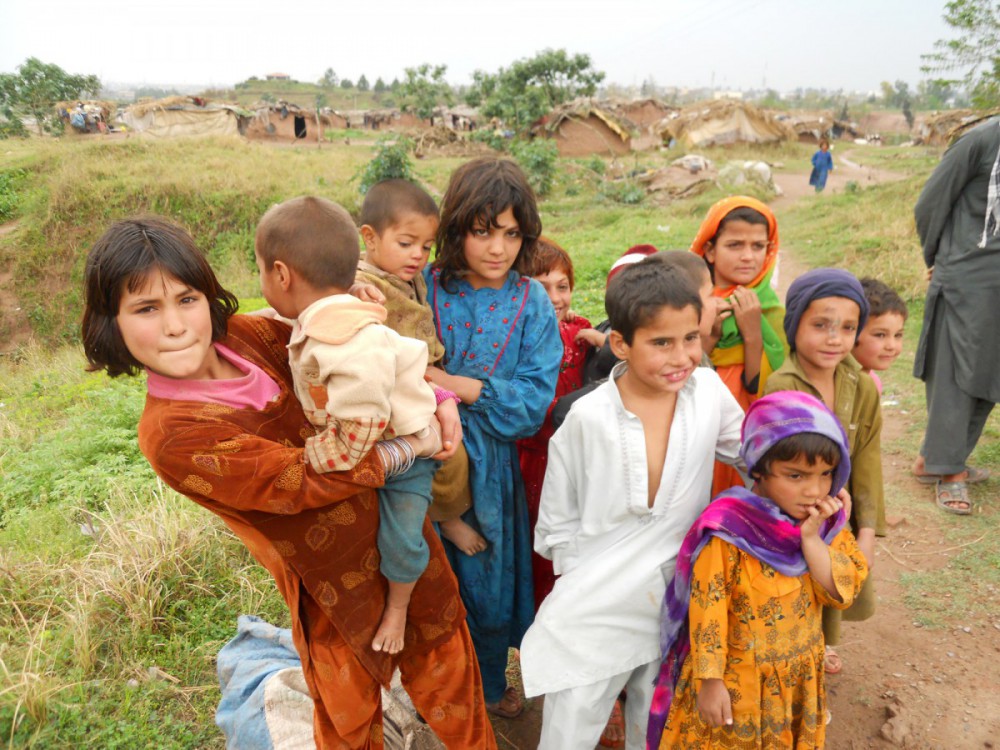
AS BAD AS THE news is for most Afghans and Pakistanis, business is booming for investors. Of course, industries providing military and security goods and services are turning a healthy profit. In Canada, these industries generate $10 billion per year, according to the Canadian Association of Defence and Security Industries (CADSI). But it’s not just investors in this sector who are profiting in Afghanistan and Pakistan.
Since Afghanistan has been pried open for private enterprise, business opportunities are expanding on many fronts. The U.S. Department of State reports the Afghan government “has taken significant steps toward fostering a business-friendly environment for both foreign and domestic investment.” Afghanistan’s new investment law allows 100 per cent foreign ownership and provides generous tax allowances to foreign investors, without providing adequate protection for Afghan workers, people displaced by industrial development, or the environment. The home page of the Afghanistan Investment Support Agency proclaims: “Afghanistan today is the land of countless business opportunities.”
The privatization of Afghanistan’s vast geological wealth began in 2006 with the auction of a number of state-owned mines already in production. The biggest sale to date is the un-developed Aynak site, thought to be the largest copper deposit in the world. In 2008, the front-runner in the bidding process – Vancouver-based Hunter Dickinson Inc. – lost out to a bid of US $4.39 billion dollars made by a Chinese state enterprise.
The economic value of Afghanistan’s geological resources has long been known within business circles. Moreover, geopolitical strategists have always recognized the importance of controlling access to these resources. British prospectors began geological surveys in the 19th century, American companies began exploration in the 1930s, and competing North American, European, and Soviet companies thoroughly surveyed Afghanistan during the Cold War. Yet, it was not until 2010 that the New York Times broke the story of Afghan mineral wealth under the headline “U.S. Identifies Vast Riches of Minerals in Afghanistan.”
Of even greater geopolitical and economic significance is the reopening of the ancient Silk Road as a modern network of transportation, communications, and energy transmission infrastructure to reconnect the disparate regions of Eurasia with Afghanistan as a nodal hub and source of valuable and strategic resources. For investors, this infrastructure development presents opportunities for immense profit. But building the modern Silk Road is of even greater importance to North American and European strategists who want to position companies based in their states to outcompete rivals based in China, Russia, Iran, India, and elsewhere in the region.
The industrial-scale developments now underway have the potential to alleviate Afghans’ widespread poverty. However, since Western intervention began in the 17th century with the British East India Company’s relentless push into Asia, profits have invariably failed to benefit the Asians who worked and suffered to generate them.
From the 17th to the 20th centuries, British imperialists used the idea of the “white man’s burden” to justify imperialism. They argued that they converted “heathens” to Christianity with promises of salvation and civilized “barbarians” by forcing them to conform to imperial institutions. There is no evidence that things are much different today. Western imperialists use the idea of the “responsibility to protect,” arguing that they are converting tyrannical regimes to democracy and liberating people with promises of freedom and human rights. However, the abstract idea of liberating Afghans, even if it is a genuine, heartfelt concern of many well-meaning people in the West, is at best secondary to the concrete material agenda driven by corporate profit-seeking and the geopolitical interests of powerful states.
Of the scant resources earmarked for human development projects like providing clean water, sanitation systems, schools and hospitals, only a fraction reaches Afghans. Most of the money returns to the originating states to pay salaries and supply costs, while corrupt Western and Afghan agents siphon off much of the rest.
It is clear the promises made to Afghans have not been kept. Afghans have not been liberated by war. But it is equally clear that the liberation of capital has been successful. Resource and infrastructure development projects on multi-billion-dollar scales are rapidly proceeding as both state and private investors begin to invest heavily in large-scale industrial development in Afghanistan.
We are witnessing the emergence of what Ellen Meiksins Wood calls an “Empire of Capital.” This is an American-led coalition of states pursuing their mutual interests of expanding capitalist markets, securing access to untapped resources, and disciplining potential challengers by any means necessary – including warfare. Opening the battlefront in Afghanistan and Pakistan marks an epochal moment in the transition from an American empire to an Empire of Capital.
So, it’s a matter of perspective whether this global war is going well, though it would be political suicide for politicians to acknowledge this fact. Much better, from their perspective, to tell us that Canadian Forces are fighting to liberate Afghan women and ensure global security, even if it is capital that is being liberated, and investors who are being secured.


